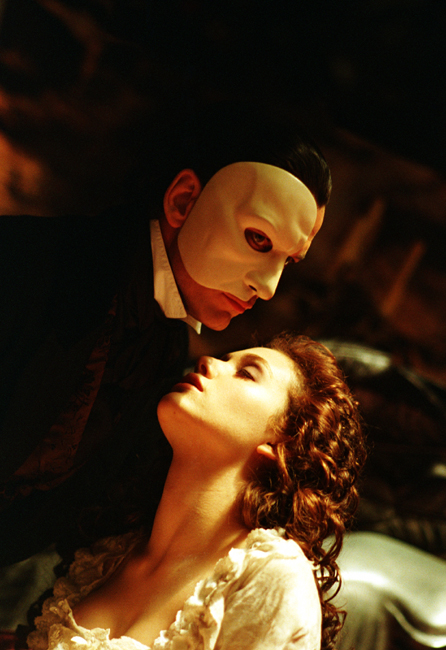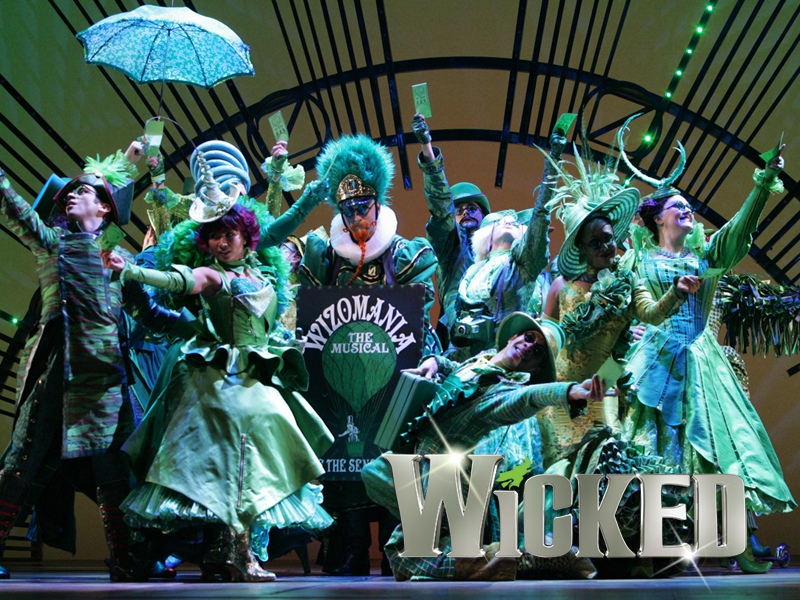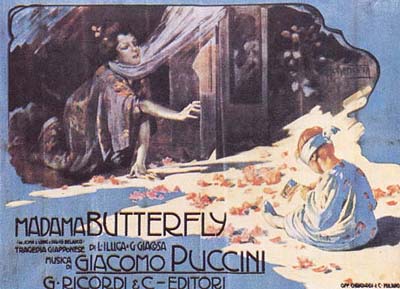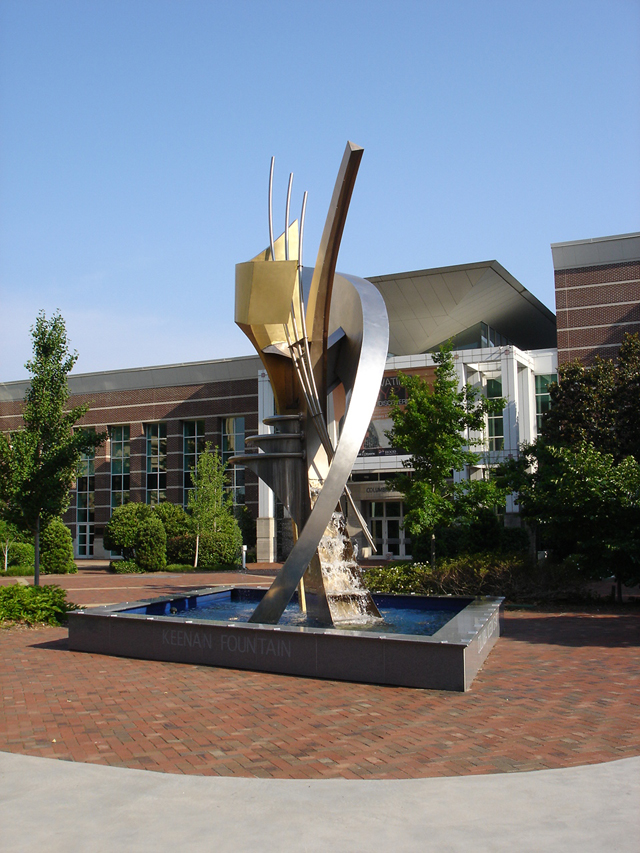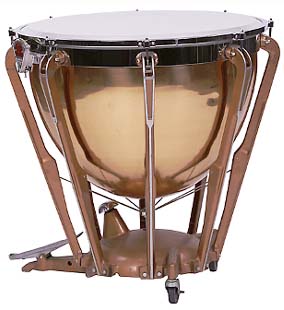

Theater, Set, and Costumes

Both the costumes and the set where very elaborate and over the top. They where almost whimisical kind of Dr. Suess like. The costumes emphasised the commical factor of the play, as well as emphasised the characters traits and personality. The costumes where bright neon colors, hair colors ranged from bright neon green, to blue, to orange and yellow. The costumes always matched the actors hair color. The twins had on identical colors to identify who they where as well as they had a flower in thier pocket to match the mates.
The set seemed to be a street metropalitian setting, with a bar, a restuarant and the housing. I do not think the forth wall was that present during this show. As a dancer it was strange to see the stage dressed with a stage. So often we are used to a bare stage, or a stage with limited setting. They also used the side lights kind of located in the audience, which is strange to me because after performing in drayton hall so many times we have never used thoughs lights.
The set seemed to be a street metropalitian setting, with a bar, a restuarant and the housing. I do not think the forth wall was that present during this show. As a dancer it was strange to see the stage dressed with a stage. So often we are used to a bare stage, or a stage with limited setting. They also used the side lights kind of located in the audience, which is strange to me because after performing in drayton hall so many times we have never used thoughs lights.
Time period, Author
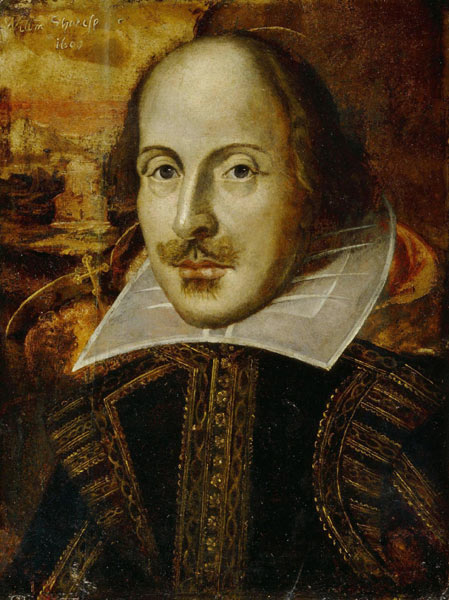
William Shakespeare is the author of the Comedy of Errors. This is one of his most earlist plays. It was written during the latter part of 1594. The play is actually set during It was not actually published until 1623. Shakespeare lived during the late 14th into the mid 15th century. The setting for The Comedy of Errors is Ephesus, in Turkey during the 15th century. Turker was the leadign trade centre in acient times. There are also ideas the the time period could fit during the dates of 1589 t0 1595 in France during the wars of succession in France. Although the version that USC did I would put it in a Modern day time because of the mannerism as well as the music used during the play.
Plot

The Comedy of Errors tells the story of two sets of identical twins that were accidentally separated at birth.
Due to a law forbidding the presence of Syracusian merchants in Ephesus, elderly Syracusian trader Egeon faces execution when he is discovered in the city. He can only escape by paying a fine of a thousand marks. He tells his sad story to the Duke. In his youth, he married and had twin sons. On the same day, a poor woman also gave birth to twin boys, and he purchased these as slaves to his sons. Soon afterwards, the family made a sea voyage, and was hit by a tempest. Egeon lashed himself to the main-mast with one son and one slave, while his wife was rescued by one boat, Egeon by another. Egeon never again saw his wife, or the children with her. Recently, his son Antipholus of Syracuse, now grown, and his son’s slave Dromio of Syracuse, left Syracuse on a quest to find their brothers. When Antipholus of Syracuse did not return, Egeon set out in search of him.
Antipholus of Syracuse and his servant, Dromio of Syracuse, arrive in Ephesus, which turns out to be the home of their twin brothers, Antipholus of Ephesus and his servant, Dromio of Ephesus. When the Syracusans encounter the friends and families of their twins, a series of wild mishaps based on mistaken identities lead to wrongful beatings, a near-seduction, the arrest of Antipholus of Ephesus, and accusations of infidelity, theft, madness, and demonic possession.





